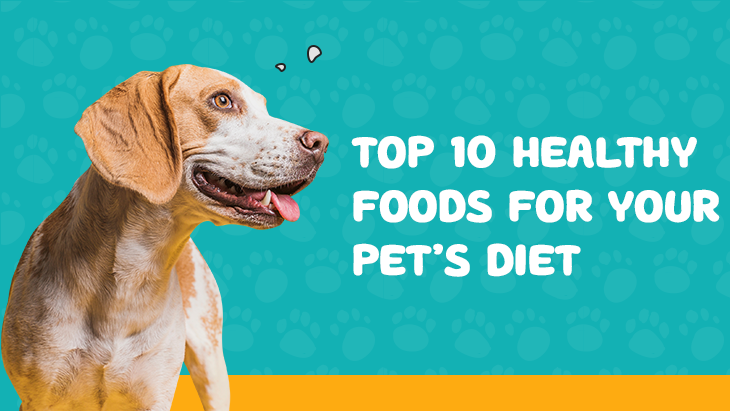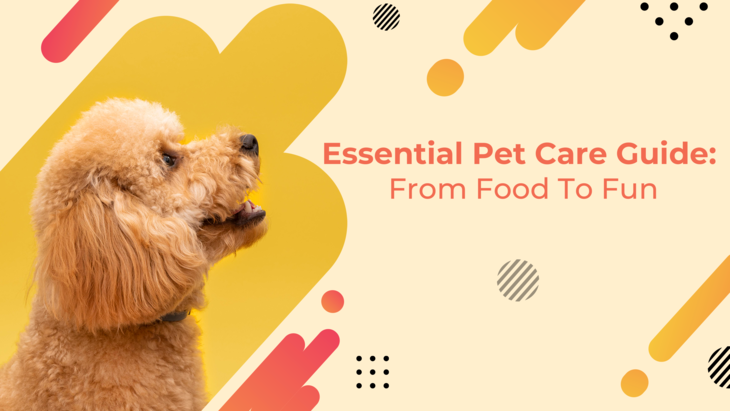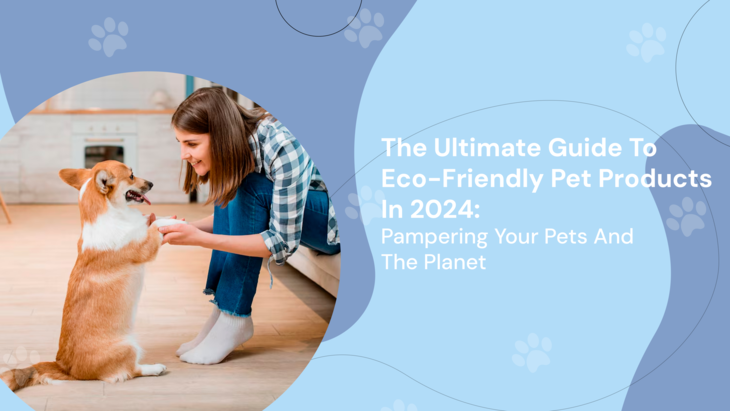Ensuring your pet's diet is nutritious and balanced is one of the most crucial responsibilities you have as a pet owner. Like humans, pets require a variety of nutrients to maintain their health, energy, and overall well-being. Incorporating a range of healthy foods can prevent numerous health issues and contribute to a longer, happier life for your furry friend. Here, we'll explore the top 10 healthy foods that you can add to your pet's diet, benefiting both cats and dogs.
1. Lean Meats
Why It's Healthy:
Lean meats, such as chicken, turkey, and beef, are excellent sources of protein, which is vital for your pet's muscle development and overall growth. These meats are also rich in B vitamins, zinc, iron, and essential amino acids.
How to Serve:
Always cook lean meats thoroughly to kill any harmful bacteria. Avoid seasoning or adding oils, as these can upset your pet's stomach. Remove any bones, as they can splinter and cause choking or internal injuries.
2. Fish
Why It's Healthy:
Fish, especially salmon, tuna, and sardines, are packed with omega-3 fatty acids. These nutrients support a shiny coat, healthy skin, and overall joint health. They also have anti-inflammatory properties that can help pets with arthritis.
How to Serve:
Cook fish thoroughly and remove all bones. Avoid fish that is seasoned or has added salt. Canned fish in water can be a good option, but ensure it's low in sodium.
3. Blueberries
Why It's Healthy:
Blueberries are small but mighty, loaded with antioxidants, fiber, and vitamins C and K. They can help improve your pet’s cognitive functions and support their immune system.
How to Serve:
Serve fresh or frozen blueberries as a treat or mix them into your pet's regular food. Ensure they are washed thoroughly.
4. Carrots
Why It's Healthy:
Carrots are rich in beta-carotene, fiber, and vitamins A, C, and K. These nutrients are great for your pet’s vision, skin, and overall immune health. Plus, the crunchiness of carrots can help clean your pet's teeth.
How to Serve:
Wash thoroughly and chop into bite-sized pieces to avoid choking hazards. They can be served raw or cooked, though cooking can make them easier to digest.
5. Pumpkin
Why It's Healthy:
Pumpkin is a fantastic source of fiber and beta-carotene (vitamin A). It aids in digestion and can help regulate your pet's bowel movements, making it beneficial for pets with constipation or diarrhea.
How to Serve:
Use plain, canned pumpkin (not the pie filling, which contains sugar and spices). A couple of tablespoons mixed into their regular food can suffice. Fresh, cooked pumpkin is also an option.
6. Sweet Potatoes
Why It's Healthy:
Sweet potatoes are rich in dietary fiber, beta-carotene, vitamins B6 and C, and manganese. They support digestive health and provide a slow-release energy source, keeping your pet active longer.
How to Serve:
Peel and cook sweet potatoes thoroughly before serving. Mash them or cut them into small pieces to mix with regular food.
7. Spinach
Why It's Healthy:
Spinach is loaded with iron, antioxidants, and vitamins A, C, and K. It can contribute to a healthy digestive system, help prevent inflammation, and support bone health.
How to Serve:
Serve spinach cooked to make it easier for your pet to digest. Chop it finely and mix it into their food. Raw spinach is also an option but might be harder to digest for some pets.
8. Apples
Why It's Healthy:
Apples provide vitamins A and C and are a good source of fiber. They can help clean your pet’s teeth and freshen their breath while offering a sweet, crunchy treat.
How to Serve:
Wash and slice apples, removing the core and seeds, which can be toxic. Serve apple slices plain or mix them into food.
9. Green Beans
Why It's Healthy:
Green beans are low in calories but high in vitamins and minerals such as vitamins K and C, fiber, and manganese. They are great for weight management and can be a filling, nutritious treat.
How to Serve:
Serve fresh or cooked green beans. Ensure they are cut into manageable pieces to avoid choking hazards. Avoid canned green beans with added salt.
10. Yogurt
Why It's Healthy:
Plain, unsweetened yogurt is an excellent source of calcium and protein. It contains probiotics, which can help maintain a healthy digestive system and boost your pet's immune system.
How to Serve:
Serve plain, unsweetened yogurt in small quantities as a treat, or mix it into your pet’s regular food. Avoid yogurts with added sugars or artificial sweeteners, especially xylitol, which is toxic to pets.
Tips for Introducing New Foods
When incorporating new foods into your pet's diet, it's essential to do so gradually. Introduce one food at a time and monitor your pet for any adverse reactions such as allergies or digestive upset. Consult your veterinarian before making significant changes to ensure the new foods align with your pet’s dietary needs.
Conclusion
Feeding your pet a varied diet with these top 10 healthy foods can significantly improve their quality of life. Not only do these foods provide essential nutrients, but they also offer variety and enrichment, making mealtime more enjoyable for your furry friend. Always prioritize your pet's specific health needs and dietary restrictions, and remember that a balanced diet is key to a long, happy life for your pet.







Post Comments